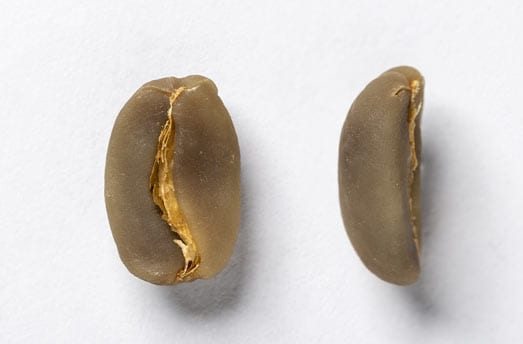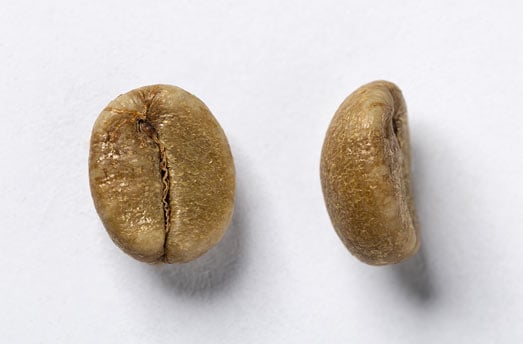- Maple Brew Chronicles
- Posts
- Coffea Arabica & Coffea Robusta
Coffea Arabica & Coffea Robusta
A Comparative Exploration
Coffea Arabica & Coffea Robusta: A Comparative Exploration
Coffee, one of the world’s most beloved beverages, owes its rich flavours and diverse profiles to the two primary species: Coffea Arabica and Coffea Robusta. These coffee beans are the foundation of countless morning rituals and café experiences. Let’s uncover their distinct characteristics, cultivation methods, and flavor profiles.
Origins and Cultivation
Coffea Arabica (Arabica Coffee)
Origin: Arabica coffee, believed to be the first cultivated coffee species, hails from the highlands of Ethiopia. It has a long history dating back centuries.
Cultivation: Arabica plants thrive at higher altitudes (around 2,000 to 6,000 feet above sea level). They require specific conditions: cool temperatures, rich soil, and consistent rainfall. However, they are more susceptible to pests and diseases.
The secret to their complexity lies in their cultivation at high altitudes, where cooler temperatures slow the ripening process, enriching the beans with nuanced flavors.
Flavor Profile: Arabica beans offer a smoother, sweeter taste with nuanced flavors. Notes of fruit, floral, and chocolate often characterize Arabica coffee. It’s the preferred choice for specialty coffee due to its complexity.
Caffeine Content: 1.2%-1.5% by weight

Arabica - Unroasted
Coffea Robusta (Robusta Coffee)
Origin: Robusta coffee, as the name suggests, is hardy and robust. It originated in Central and West Africa.
Cultivation: Robusta plants thrive at lower altitudes (around 1,000 to 2,000 feet above sea level). They are more resilient, resistant to pests, and can withstand harsher climates. However, they require less care.
Beans are rounder and smaller than their Arabica counterparts, thriving in more humid environments. This hardiness makes Robusta a crucial player in the global coffee industry, especially in regions where growing Arabica is not feasible.
Flavour Profile: Robusta beans provide a more intense, bitter flavor with earthy and nutty undertones. They contain nearly double the caffeine content compared to Arabica beans. Robusta is commonly used in espresso blends for its crema-enhancing properties.
Flavor Profile: Arabica beans offer a smoother, sweeter taste with nuanced flavors. Notes of fruit, floral, and chocolate often characterize Arabica coffee. It’s the preferred choice for specialty coffee due to its complexity.
Caffeine Content: 2.2%-2.7% by weight

Robusta - Unroasted
Conclusion
The choice between Arabica and Robusta often boils down to flavor preference and caffeine content. Arabica, with its higher acidity and greater flavor diversity, is prized in the specialty coffee market, despite its lower caffeine content compared to Robusta. On the other hand, Robusta, with nearly double the caffeine of Arabica, offers a more pronounced bitterness and body, making it a favorite for those seeking a potent kick or a creamy espresso crema.

Roasted Beans
Beyond taste, the cultivation of Arabica and Robusta carries significant economic and environmental implications. Arabica's higher market value reflects its quality and the intricate care it demands, while Robusta's resilience makes it a key player in commercial coffee production. Environmentally, Arabica's need for shaded conditions can support biodiversity and help prevent deforestation, whereas Robusta's adaptability allows for cultivation in a broader range of environments, sometimes at the cost of more intensive farming practices.
So next time you savor your cup of joe, remember the journey these beans have taken—from lush Ethiopian hills to your favorite coffee mug.
Reply